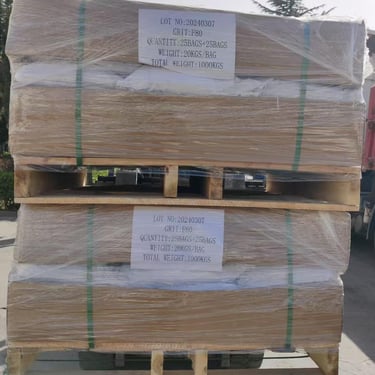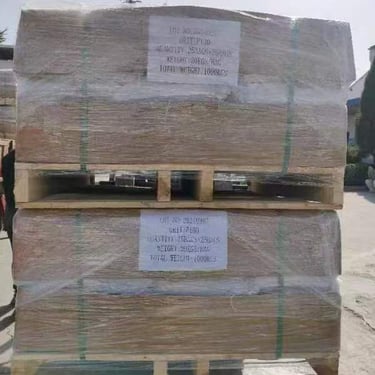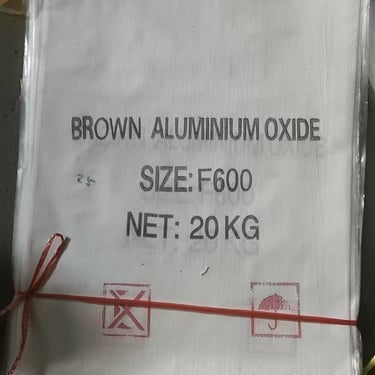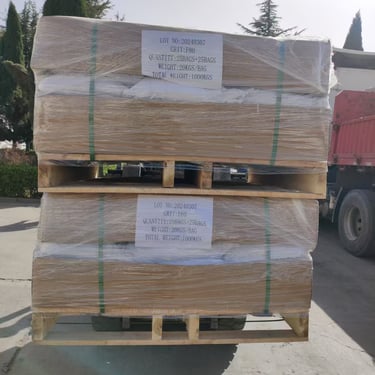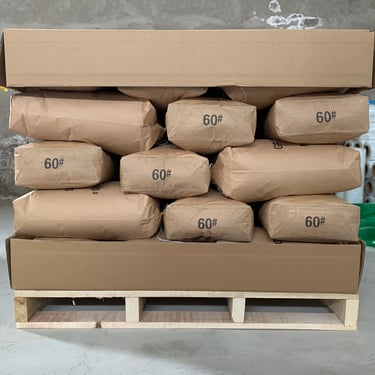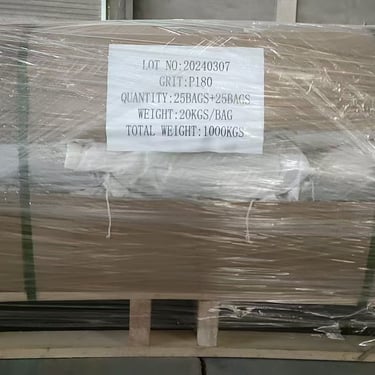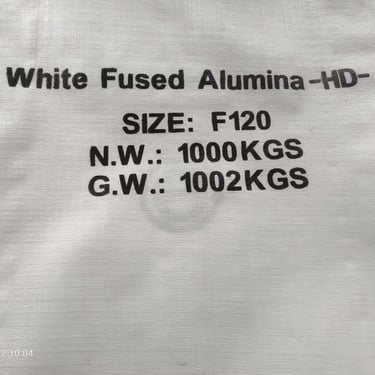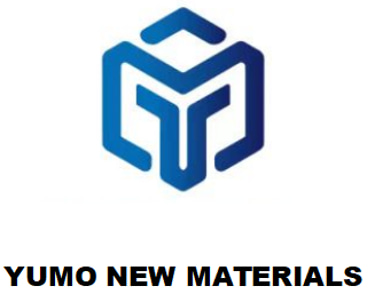HENAN YUMO: Engineered Precision, Uncompromised Performance
Silane Treated White Fused Alumina:
The Advanced Surface-Modified Abrasive for Superior Bonding Performance
White aluminum is a white synthetic corundum abrasive made from high-purity aluminum oxide, characterized by high hardness and high-temperature resistance. It is widely used in metal processing, ceramics, and precision casting industries for efficient grinding and polishing.
White aluminum oxide Grit
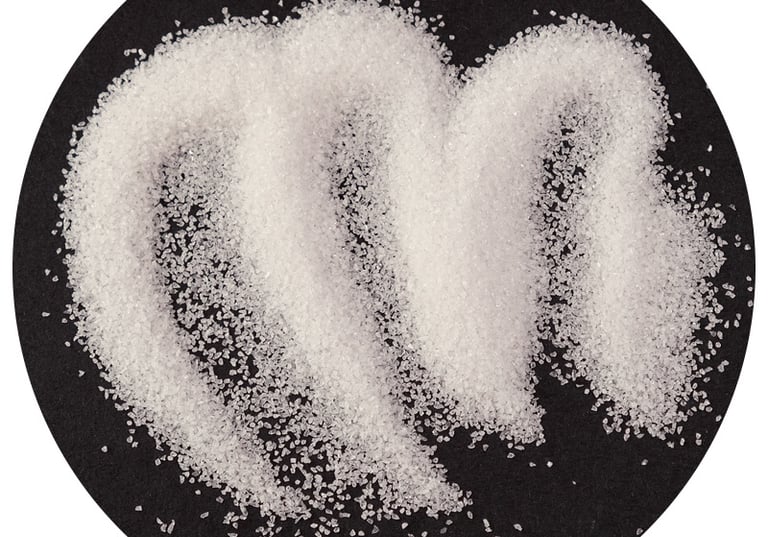

White aluminum oxide Powder
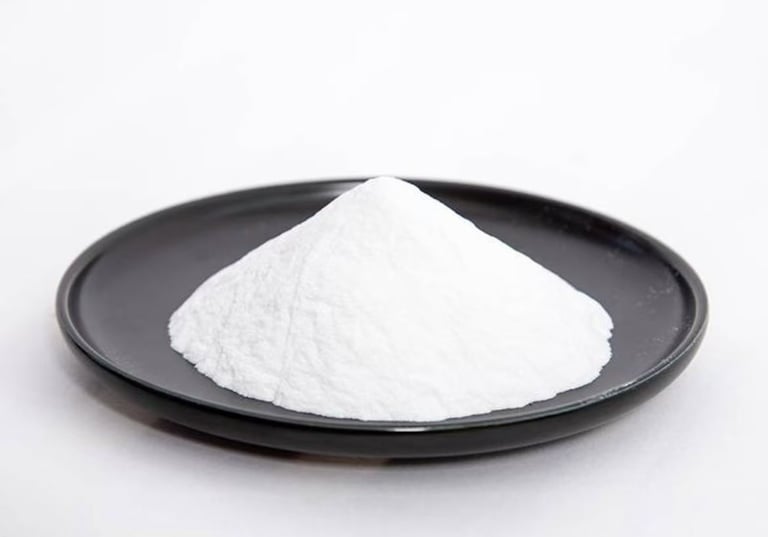

Product Overview
Silane treated white fused alumina (ST-WFA) is a high-performance engineered abrasive designed to overcome the limitations of traditional white fused alumina in polymer composites and resin-bonded applications. By integrating a proprietary silane coupling agent onto the surface of ultra-pure alumina particles (Al₂O₃ ≥99.5%), this material achieves unparalleled adhesion strength, moisture resistance, and thermal stability.
Key Advantages of Silane Surface Treatment
Enhanced Interfacial Bonding
The silane layer forms covalent bonds between the alumina surface and organic resins (epoxy, phenolic, or polyurethane), increasing pull-out resistance by 30–50% compared to untreated abrasives. This minimizes abrasive shedding in grinding wheels or coatings, extending tool lifespan.Hydrophobic Surface Properties
Silane treatment reduces water absorption by 60–80%, preventing moisture-induced degradation in humid environments. This is critical for marine coatings, outdoor composites, and electronics encapsulation.Improved Dispersion Uniformity
Surface modification eliminates particle agglomeration, ensuring even distribution in viscous polymer matrices. This is vital for achieving consistent hardness in resin-bonded grinding tools or thermal spray coatings.Thermal Stability Under Extreme Conditions
Withstands continuous operation at 350–400°C, making ST-WFA ideal for high-speed grinding applications or friction materials (e.g., automotive brake pads).
Applications Across Industries
1. Precision Grinding & Polishing
Resin-Bonded Grinding Wheels: ST-WFA increases wheel durability in CNC tool sharpening and aerospace alloy machining.
CMP Slurries: Enhanced dispersion improves silicon wafer planarization efficiency (Ra ≤0.05μm) in semiconductor manufacturing.
2. High-Performance Composites
Automotive Brake Pads: Silane-treated alumina boosts wear resistance and reduces noise in ceramic composite brake systems.
Thermal Interface Materials: Optimizes heat dissipation in 5G device packaging by improving filler-resin adhesion.
3. Protective Coatings
Anti-Corrosion Coatings: Bonds seamlessly with epoxy resins to protect offshore oil rigs and chemical pipelines.
Wear-Resistant Overlays: Extends service life of mining equipment in abrasive slurry environments.
Technical Specifications
Base Material: High-purity white fused alumina (Al₂O₃ ≥99.5%, Fe₂O₃ ≤0.03%).
Silane Type: Amino-functional (KH-550) or epoxy-functional (KH-560) agents, customized per application.
Particle Size Range: F16–F2000 (standard), or customized micron-level grading (D50=1–500μm).
Loss on Ignition (LOI): ≤0.5% after silane treatment, ensuring minimal volatiles during curing.
Why Choose Our Silane Treated White Fused Alumina?
Tailored Surface Chemistry: Proprietary silane grafting technology optimizes bond density for specific resins (epoxy, phenolic, etc.).
Batch-to-Batch Consistency: Rigorous QC ensures ≤5% variation in silane coverage via FTIR spectroscopy.
Sustainable Production: VOC-free treatment process compliant with REACH and RoHS.
FAQ
Q: How does silane treatment compare to titanate coupling agents?
A: Silane offers superior hydrolytic stability and covalent bonding, while titanates excel in non-polar matrices. Our R&D team can recommend the optimal treatment for your resin system.
Q: Can ST-WFA replace black silicon carbide in brake pads?
A: Yes. ST-WFA provides higher thermal conductivity (30 W/m·K vs. SiC’s 120 W/m·K) but better resin compatibility, reducing delamination risks.
Q: What packaging options are available?
A: Moisture-proof vacuum bags (25kg) or bulk supersacks (1 ton) with desiccant.
Packaging & Shipping
We can provide 1MT/25Kg woven plastic bags and 25Kg paper bags. And ton bag packaging.
All of our abrasive products are carefully processed during storage and transportation to maintain their quality in their original state.
